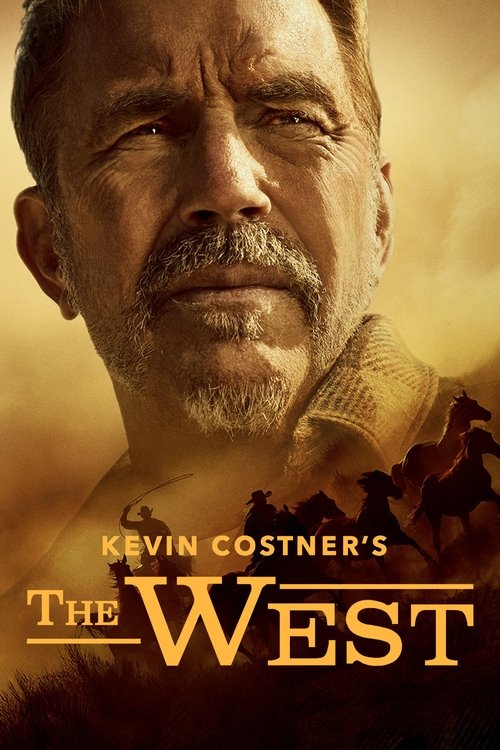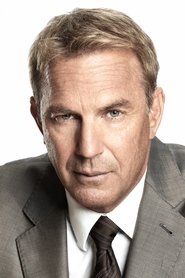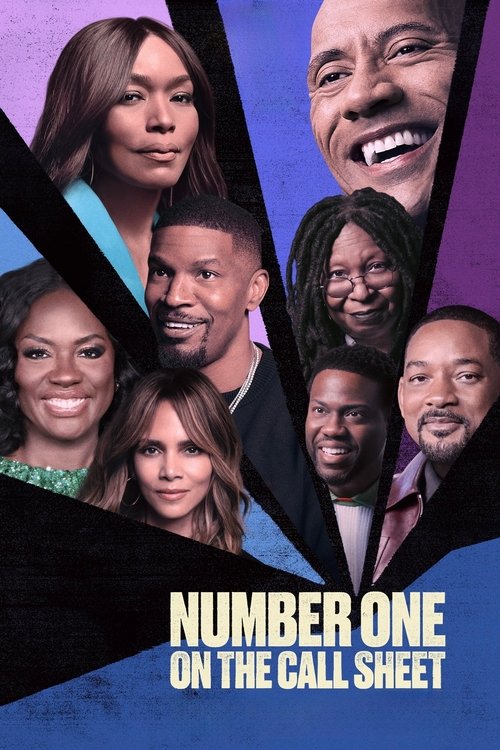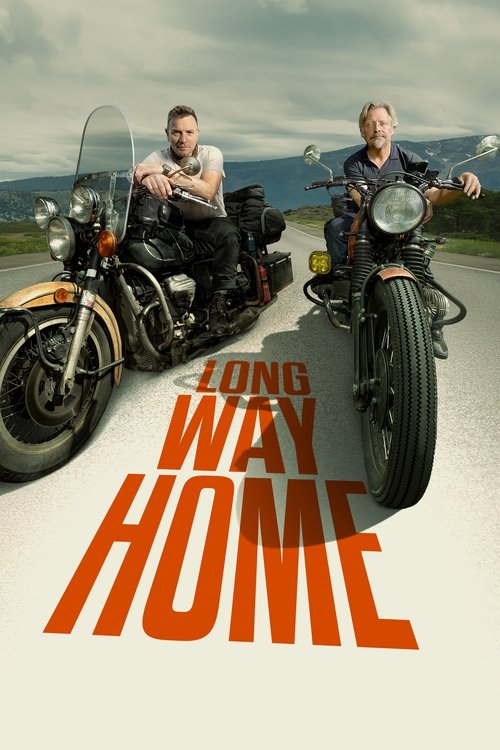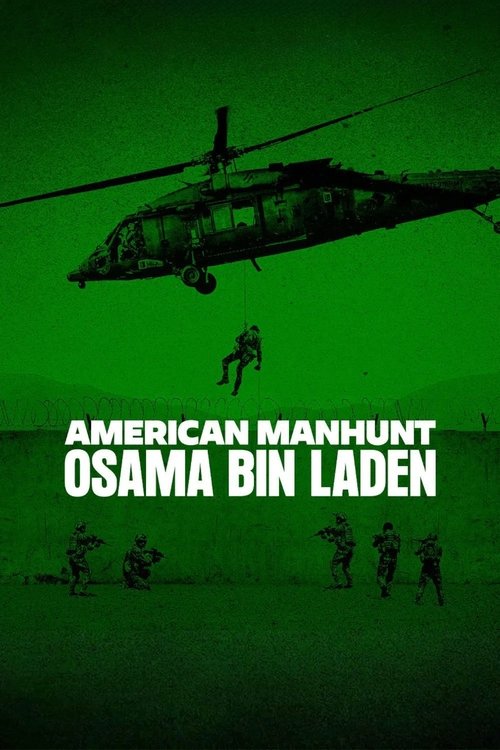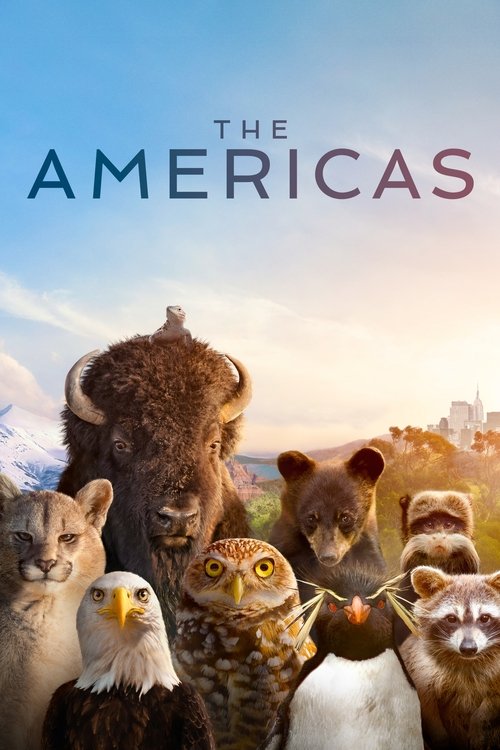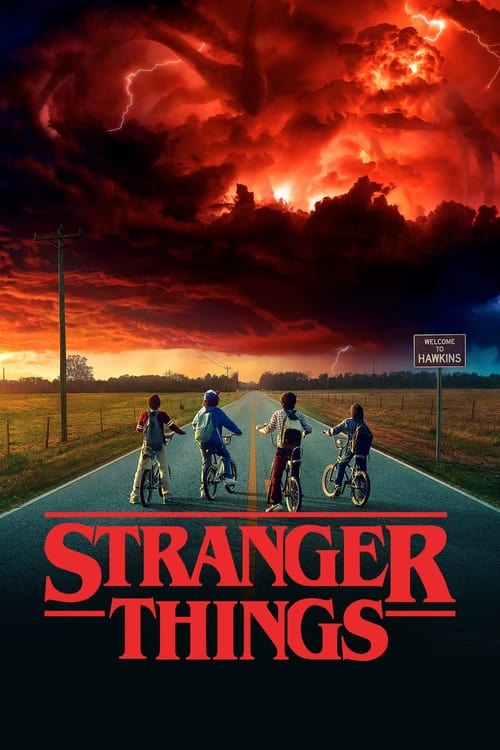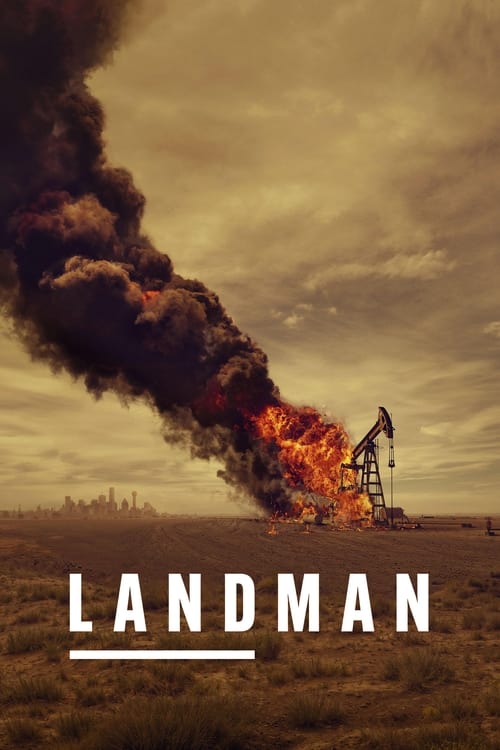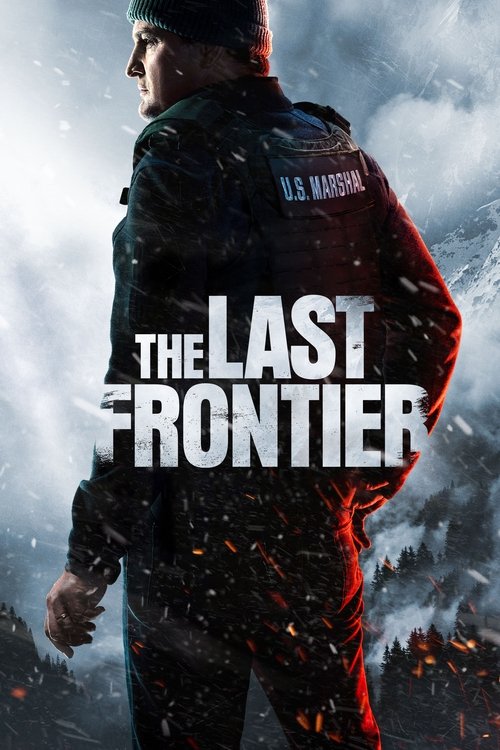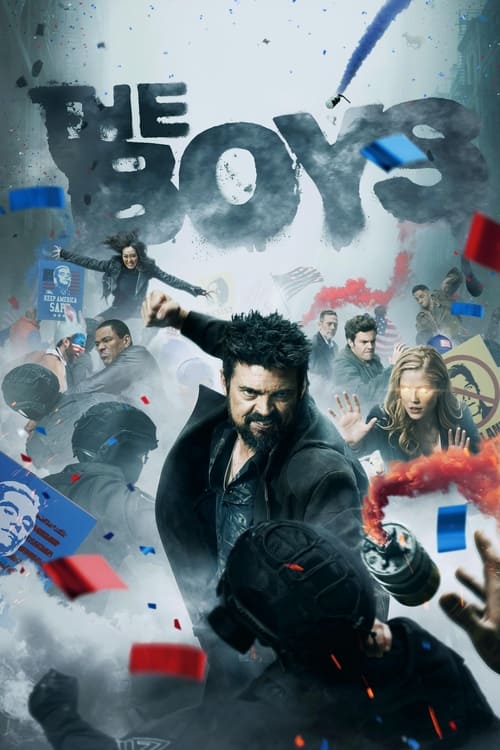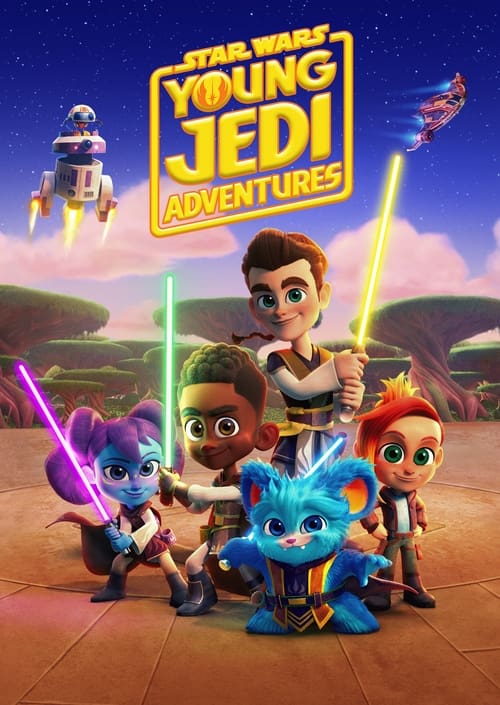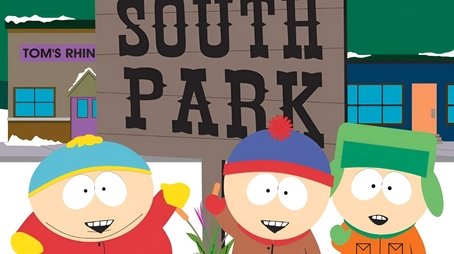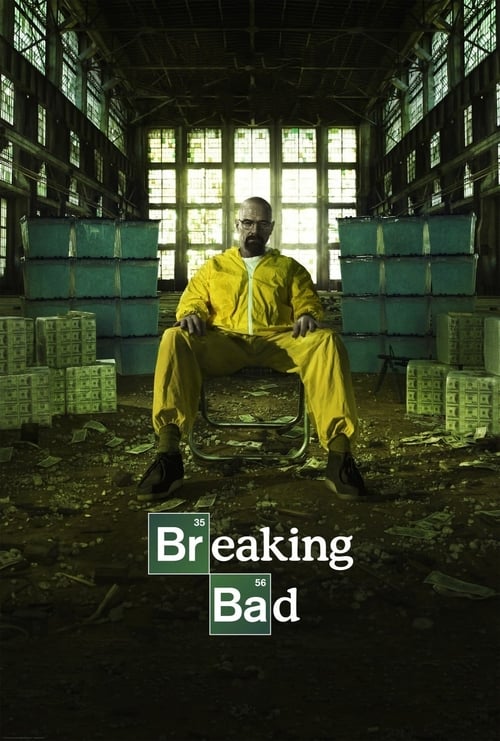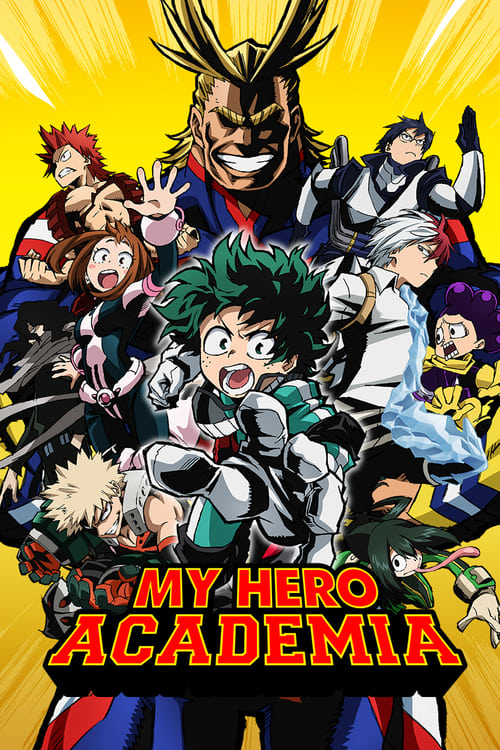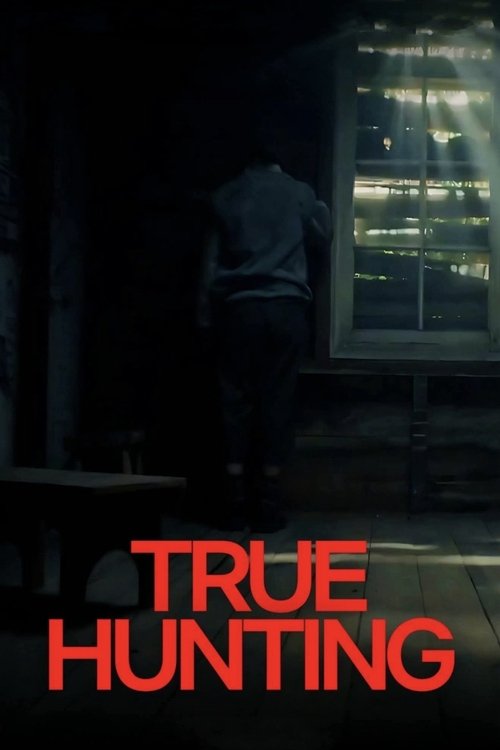
Ask Your Own Question
What is the plot?
Kevin Costner's The West (2025) is an eight-part documentary series that chronicles the complex and often brutal history of the American frontier, focusing on the real events, people, and conflicts that shaped the expansion westward. The series unfolds chronologically, beginning with the early days when the "West" was still east of the Mississippi River and progressing through the violent struggles for land, freedom, and survival.
The series opens by establishing the context of the American frontier as a place of opportunity and conflict. It introduces the early settlers and Native American tribes who inhabited the land, emphasizing the clash of cultures and the competing claims to territory. The narrative details the initial encounters between settlers and indigenous peoples, highlighting the misunderstandings and hostilities that quickly escalated into violence.
As the story progresses, the series follows the movement of settlers pushing westward, driven by the promise of land and prosperity. It depicts the hardships faced on the trails, including harsh weather, scarce resources, and attacks. The settlers' determination to claim land leads to the establishment of new towns and the imposition of American law, often at the expense of Native American sovereignty.
The series then shifts focus to the military campaigns and battles that defined the era. It provides detailed accounts of key confrontations, such as the Indian Wars, describing the strategies, skirmishes, and brutal outcomes. Each battle sequence is presented step by step, showing troop movements, ambushes, and the aftermath of violence. The series does not shy away from the tragic consequences for Native communities, including forced removals and massacres.
Throughout the episodes, the series highlights the roles of various figures--soldiers, settlers, Native leaders, and outlaws--whose decisions and actions influenced the course of history. It explores the motivations behind their choices, such as the desire for justice, survival, or power. For example, it details how certain Native leaders attempted to negotiate peace or resist encroachment, while settlers and soldiers often responded with force.
The narrative also covers the development of law enforcement and justice in the frontier towns, illustrating how order was maintained amid chaos. It recounts specific incidents of crime, pursuit, and confrontation, describing the tactics used by lawmen and the responses of outlaws. These sequences include detailed descriptions of chases, shootouts, and arrests, emphasizing the precariousness of frontier justice.
In the later episodes, the series addresses the transformation of the West as railroads expanded and new economic opportunities arose. It shows how these changes intensified conflicts over land and resources, leading to further displacement of Native peoples and the rise of new social dynamics. The series concludes by reflecting on the lasting impact of this turbulent history on modern America.
Kevin Costner's The West is marked by its unflinching portrayal of the harsh realities of frontier life, avoiding romanticized depictions. It combines expert historical insight with vivid storytelling to present a comprehensive and detailed account of the American West's formation, emphasizing the human cost and complex legacy of this era.
More TV Shows Like This
Browse All TV Shows →
What is the ending?
Short Narrative Ending: Kevin Costner's "The West" concludes by reflecting on the profound impact of the American West's expansion on the nation's identity. The series ends with a poignant look at how the relentless pursuit of land, power, and identity shaped America, highlighting both the resilience of pioneers and the courageous resistance of Native American tribes.
Expanded Narrative Ending:
As the final episode of "Kevin Costner's The West" unfolds, the narrative weaves together the diverse threads of the American West's history. The series begins its conclusion by revisiting the early days of exploration, where figures like Lewis and Clark, along with Sacagawea, paved the way for further expansion. The camera pans over vast landscapes, symbolizing the endless possibilities and challenges faced by those venturing into the unknown.
The story then shifts to the rise of cowboys and ranchers, who became icons of the American West. Their tales of adventure and hardship are intertwined with those of trailblazing women, who played crucial roles in settling the frontier. These narratives highlight the resilience and determination of those who sought to build new lives in the harsh yet beautiful environment of the West.
As the series progresses toward its conclusion, it delves into the conflicts between lawmen and outlaws, showcasing the lawless nature of the frontier. This era of gunslingers and sheriffs is depicted through dramatic reenactments, emphasizing the violence and justice that defined the period.
One of the most poignant aspects of the series is its portrayal of Native American tribes fighting to protect their lands. The documentary presents these stories from multiple perspectives, highlighting the tragic clashes between Native Americans and settlers. These conflicts are depicted with a sense of urgency and sorrow, underscoring the profound impact on Native American communities.
In the final scenes, the series reflects on how these historical events have shaped America's identity. The pursuit of land, power, and identity is shown to be a complex tapestry, woven from both the achievements of pioneers and the struggles of Native American tribes. The conclusion is a somber reflection on the past, emphasizing the importance of understanding these historical events to appreciate the present.
The series ends with Kevin Costner narrating over a sweeping vista of the American West, his voice filled with a sense of reverence and respect for the land and its people. The final shot is of the vast, open landscape, a reminder of the enduring legacy of the American West's expansion.
Who dies?
In the 2025 documentary series Kevin Costner's The West, which explores the history of the American frontier through various perspectives, there is no specific information available about characters dying within the series. The show is a historical documentary-style series focusing on real historical figures and events such as Lewis and Clark, Sacagawea, lawmen, outlaws, cowboys, Native American tribes, and others involved in the shaping of the American West. It does not appear to be a fictional drama with scripted character deaths but rather a factual recounting of history.
The search results do mention Kevin Costner's character John Dutton dying in the unrelated TV drama Yellowstone (season 5), but this is a different show and not connected to Kevin Costner's The West documentary series.
Therefore, no characters die in Kevin Costner's The West documentary series as it is a historical documentary, not a fictional narrative with character arcs involving death.
Is there a post-credit scene?
For the 2025 TV series Kevin Costner's The West, there is no information indicating the presence of a post-credit scene. The available sources do not mention any after-credits stinger or extra scene for this series.
Additionally, a related Kevin Costner Western project, Horizon: An American Saga – Chapter 1 (2024), explicitly has no post-credit scenes or extras during or after the credits. Given the similarity in genre and production involvement, it is consistent that The West also does not include a post-credit scene.
Therefore, it can be concluded that Kevin Costner's The West (2025) does not feature a post-credit scene.
How does the series portray the role of Native American tribes in the American West?
The series highlights the struggles of Native American tribes as they fought to protect their land against the expanding United States. It emphasizes the existing societies and lives of Native Americans, who had lived on the land for thousands of years, and explores the push and pull between Native Americans and European settlers.
What key historical figures and groups are featured in Kevin Costner's The West?
The series features a diverse range of people who played key roles in shaping the American West, including explorers, cowboys, lawmen, outlaws, Native American tribes, and women who contributed to the region's development.
What historical figures are featured in the series?
The series features lesser-known figures like John Colter, considered the first 'mountain man,' and Joaquin Murrieta, an outlaw whose life inspired the character of Zorro. These figures played significant roles in shaping the American West.
How does the series portray the struggles over land in the American West?
The show delves into the desperate struggle for land, highlighting conflicts between settlers seeking new opportunities and Native American tribes defending their ancestral territories. It presents land as both a source of promise and a cause of bloodshed.
How does the series address the issue of slavery in the American West?
The series examines the roles of slavery and the battle between free and pro-slavery states as they entered the Union, setting the stage for the Civil War. It delves into the complexities of this period, highlighting the tensions that arose during the expansion westward.
Is this family friendly?
Family Friendliness of Kevin Costner's The West (2025)
Kevin Costner's The West is a documentary series that explores the complex history of the American frontier, focusing on the period after the Revolutionary War and the westward expansion that followed. The series combines expert interviews, historical analysis, and dramatic reenactments to tell its story.
Potentially Objectionable or Upsetting Content
While the series is primarily educational and does not contain explicit violence, sexual content, or strong language typical of fictional dramas, it does address historical realities that may be upsetting or challenging for children or sensitive viewers. Below are descriptions of scenes and themes that could be considered objectionable, based on the nature of the subject matter and the approach of historical documentaries of this kind.
Violence and Conflict - The series includes dramatic reenactments of battles and skirmishes between settlers, Native American tribes, and law enforcers. These scenes may depict gunfire, hand-to-hand combat, and the aftermath of violence, including wounded or fallen individuals. - There are discussions and visual representations of the displacement and forced removal of Native American communities from their ancestral lands, which may include tense confrontations, protests, and the emotional impact on families and communities. - The narrative covers the lawlessness of the frontier, including scenes of outlaws, vigilantes, and the sometimes brutal enforcement of early frontier justice.
Themes of Loss and Injustice - The series does not shy away from the consequences of westward expansion, including the loss of life, cultural erasure, and the suffering experienced by Native American populations as their lands were taken. - There are moments where historians and descendants recount personal and collective trauma, which may be emotionally heavy for some viewers. - The documentary addresses the moral complexities and ethical dilemmas faced by both settlers and indigenous peoples, which could provoke difficult questions or feelings in younger or sensitive audiences.
Historical Realism - The reenactments strive for historical accuracy, which means they may include period-appropriate depictions of hardship, such as poverty, disease, and the challenges of survival in a harsh environment. - The series presents multiple perspectives, including those of marginalized groups, which may highlight systemic injustice and inequality in a way that is educational but also sobering.
Summary Table
| Content Type | Description | Potential Impact | |----------------------|-----------------------------------------------------------------------------|-------------------------------------------| | Violence | Reenactments of battles, skirmishes, frontier justice | May be intense for young children | | Thematic Material | Displacement of Native Americans, loss, trauma | Emotionally heavy, may require discussion | | Historical Realism | Depictions of hardship, disease, survival challenges | Educational but sobering | | Language | Period-appropriate dialogue, no modern profanity | Generally mild | | Sexual Content | None reported or typical for the genre | Not applicable |
Narrative Description of Scenes
In one scene, settlers and Native American warriors clash in a forest clearing, with musket fire and the chaos of battle vividly portrayed through reenactment. The camera lingers on the aftermath: the wounded being tended to, the fallen lying still, and the tension in the air as both sides regroup. In another, a family is shown being forced from their home, their belongings piled into a wagon as soldiers stand guard--expressions of sorrow and defiance are clear on their faces. Historians describe the broader impact of such events, with maps and archival images illustrating the shrinking territories of indigenous nations. Throughout, the series does not sensationalize these moments but presents them as part of the larger, often painful, story of the American West.
Conclusion
Kevin Costner's The West is best suited for older children, teenagers, and adults, particularly those interested in history. While it avoids gratuitous violence or adult content, the realistic portrayal of historical conflict, loss, and injustice may be distressing for younger or more sensitive viewers. Parents and guardians are encouraged to preview the series or watch together to provide context and support as needed.

